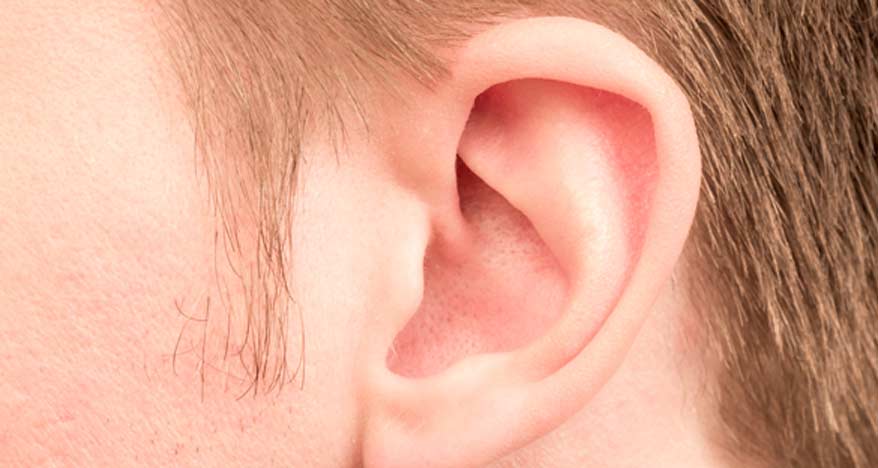
"Elf ear" is a term some people use to refer to an ear abnormality known as Stahl's ear.
Elf ear a type of ear deformity present at birth and often corrected early in life. Also called “Spock’s ear” by some individuals, this ear defect results in an ear that’s pointy on the outside. There’s also an additional cartilage fold (crus) in the middle part of the ear around the area known as the scapha.
This condition is usually not painful, nor does it usually affect the ability to hear properly. A Stahl’s ear deformity may be correctable without surgery if it’s treated early enough.
Elf Ear Causes and Symptoms
An ear normally develops with two folds of cartilage. With a Stahl’s ear, a third fold of cartilage is present. If the upper portion of the ear (helix) unfurls, the result is a pointed ear. There are no physical symptoms associated with elf ear.
Diagnosing Elf Ear
Unless a child is experiencing other ear problems common in children in addition to Stahl’s ear, diagnosis is typically done with a visual examination. Image tests are usually not necessary.


Treating Stahl’s Ear with Ear Molding
If treatment for elf ear is sought within the first few months of life, the type of treatment often recommended is what’s referred to as ear molding. It’s often an effective treatment since very young children have ear tissue that’s still soft and flexible, which makes it easier to alter the shape of the ear.
Ear molding can be done with various ear molding devices and related ear molding materials. After examining the affected ear, a non-surgical molding appliance will be put into place. The ear molding device is usually worn for a few weeks at a time. If the ear deformity is still present to some extent after a few weeks, the device will be reapplied. This process will be repeated until the deformity is corrected.
Treating Elf Ear with Surgery
Should ear molding fail to produce the desired results, surgical reshaping of the ear may be necessary. This type of cosmetic ear surgery is referred to as otoplasty. Surgery of this nature is typically done an outpatient procedure with the use a general anesthetic applied to the ear to ease discomfort. During the procedure, the abnormal cartilage is either removed or sutured (closed up) to change the shape of the ear so that it is no longer pointed.
Because of the way children’s ears grow and develop, it’s often advised to hold off on performing surgery for a Stahl’s ear deformity until a child is between the ages of seven and ten, although the procedure is sometimes performed on children a bit younger. There may be some temporary redness or swelling around the surgical site. Medication can be recommended to minimize post-procedure issues as tissues heal.
Because elf ear is present at birth, it’s not a preventable problem. It’s not known what causes this particular deformity to develop in some children, although it is considered a rare congenital malformation. The reason for treatment is often for cosmetic purposes so that a child is able to enjoy a normal-appearing ear. Surgery is the only treatment option if elf ear isn’t corrected within the first few months after birth.

